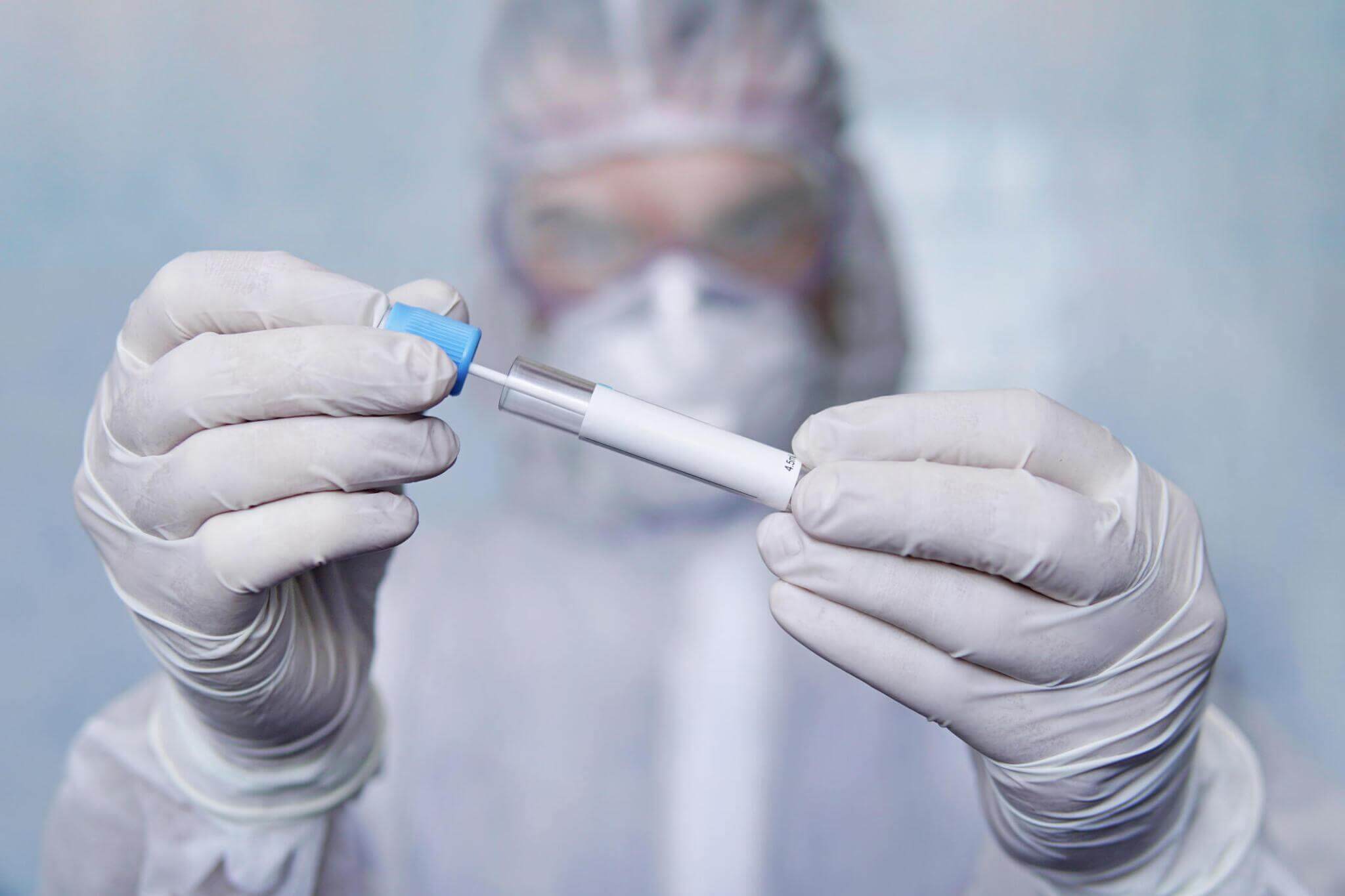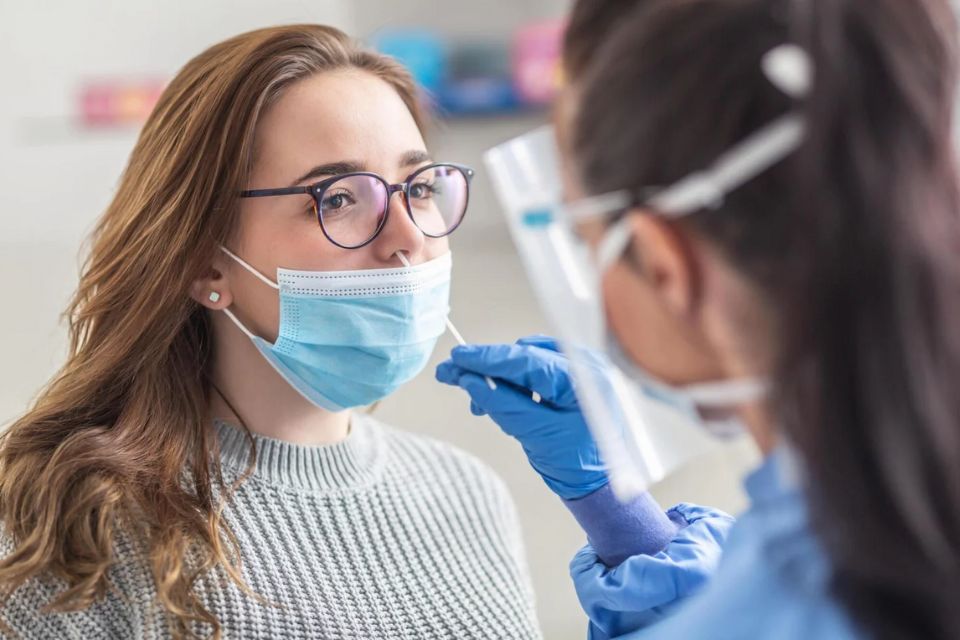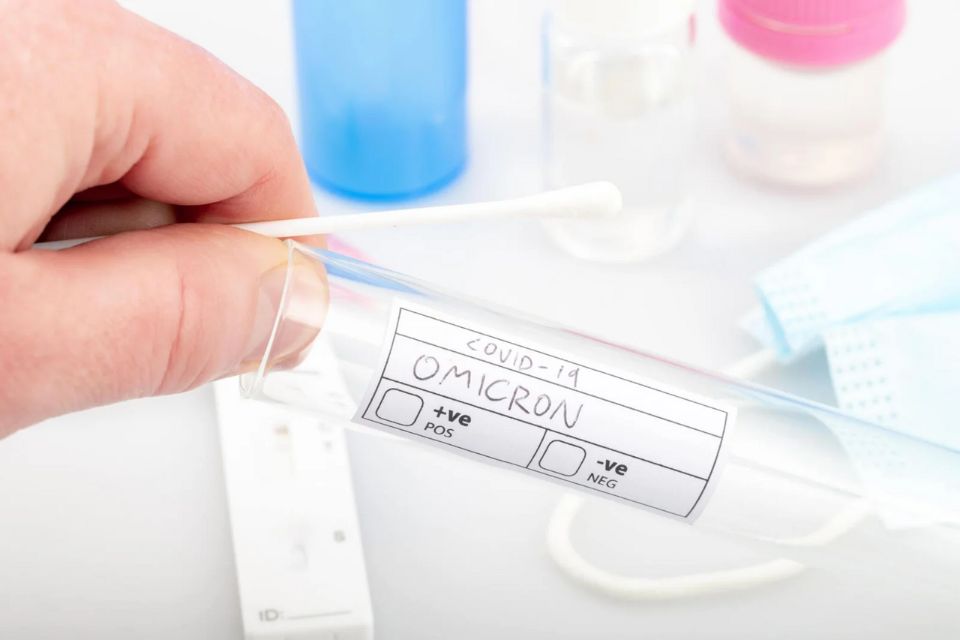Oral Fluid Drug Testing: Facts and Figures

In recent years, drug abuse in the workplace has become an increasingly pressing issue. According to statistics, workplace drug test positivity rates reached a 16-year high of 4.5% in 2019. There is a strong correlation between substance abuse and higher rates of workplace accidents, absenteeism, and employee turnover. Therefore, it is crucial for employers to understand and implement appropriate drug testing measures to maintain a safe and productive work environment.
Why Choose Oral Fluid Testing?
While urine testing remains the most commonly used screening method by employers, oral fluid testing has emerged as a viable alternative. It offers several advantages, including being non-invasive, fast, cost-effective, difficult to tamper with, and capable of detecting recent drug use. As a result, oral fluid testing can play a vital role in situations such as post-accident investigations.
What Can Oral Fluid Testing Detect?
Oral fluid testing can detect traces of various drugs, including:
-
✅Methamphetamine
-
✅Cocaine
-
✅Heroin and other opiates
-
✅MDMA (Ecstasy)
-
✅Phencyclidine (PCP)
-
✅Benzodiazepines
-
✅Marijuana
Different drugs have varying detection windows in oral fluid, ranging from a few hours to several days. For instance, methamphetamine can be detected for up to four days, while cocaine typically has a shorter window of approximately 48 hours.
How is Oral Fluid Testing Conducted?
The collection process is swift and straightforward. An administrator uses a long cotton swab to collect saliva and cells from the inner cheek of the donor. The sample can then be analyzed on-site for rapid results or sent to a laboratory for further testing. If the initial result is positive, confirmatory testing is required, which can take three to six days.
How Accurate is Oral Fluid Testing?
A study published in the Journal of Analytical Toxicology found that oral fluid testing followed by confirmation with liquid chromatography-mass spectrometry had an accuracy rate of nearly 98%. However, the accuracy can also be influenced by factors such as the type and concentration of the drug, the skills of the test administrators and analysts, the quality of the testing device, and whether the test is administered within the appropriate detection window. Generally, blood or urine tests are considered more accurate than oral fluid tests.
Legal Considerations for Oral Fluid Testing
Employers must ensure that their drug testing policies comply with relevant federal and state laws. The Fair Credit Reporting Act (FCRA) requires employers to obtain consent from applicants and employees before conducting tests. Title VII of the Civil Rights Act of 1964 prohibits employment discrimination based on protected characteristics. Federal employers must follow SAMHSA guidelines, while some states, such as Vermont and Maine, have strict limitations on drug testing practices.
In summary, oral fluid testing offers a convenient and efficient tool for employers to maintain a safe and productive workplace. However, ensuring accuracy, legal compliance, and adherence to professional standards in testing policies and procedures is paramount.
Click to View → Mantacc 93050P Disposable Swab for Crime Science and Forensic









